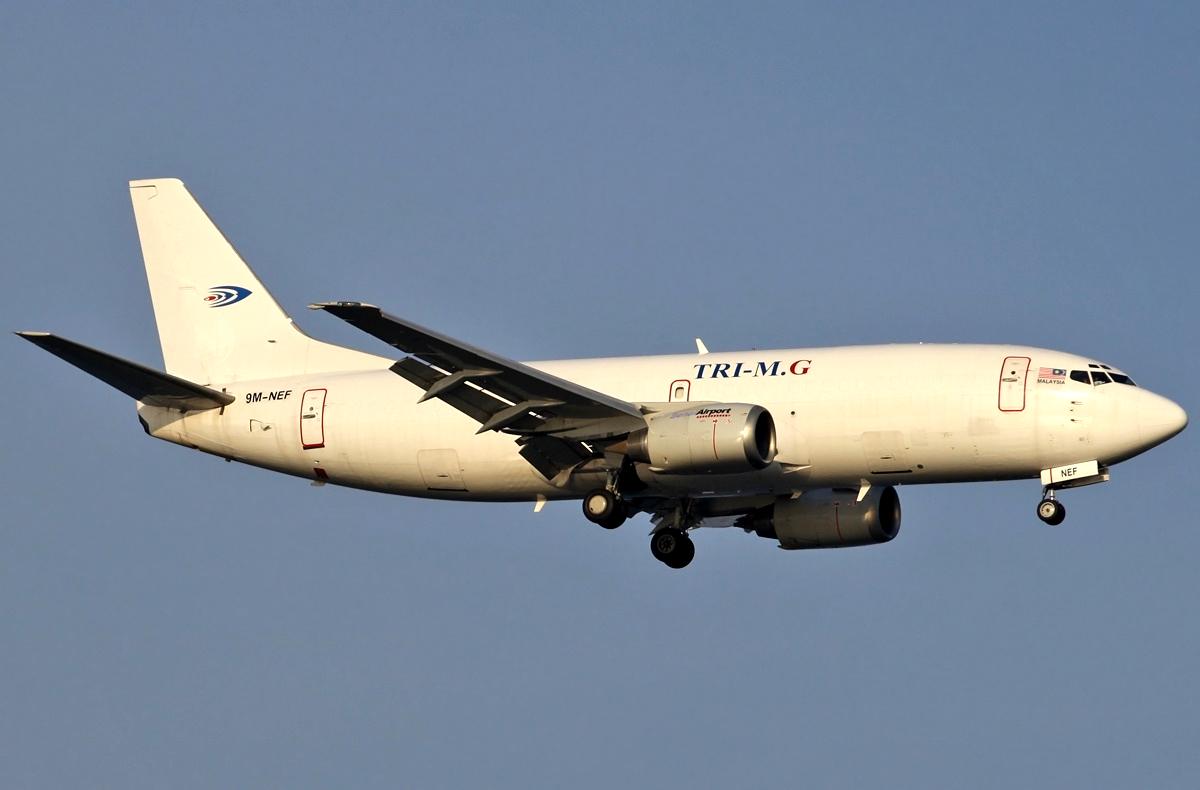AviatorInsight
Established Member
- Joined
- Oct 5, 2016
- Posts
- 1,395
Yes, given it’s quieter in the surroundings, and elevation above sea level is above 5000ft (making the real altitude above ground in the low 300s), I think it’s possible to hear it.Ok thanks. Next Q:
Jindabyne glider friend swears that NZ1197 LAX-MEL routing over CBR-YJIN is unusual (because he heard it in Jindabyne). He reckon the mountain wave carried the jet noise. At the time it was FL400
Anything unusual about the routing?. Seems normal to me
And would Snowy Mountains Mountain wave transmit jet noise from FL400 to ground?
As for the routing, seems normal to me.
I have experienced mountain waves many times flying to the south coast into Moruya and Merimbula turbulence was very rough at low level. I even experienced it just a few months back with an extremely strong low level jet that brought winds from FL200 - FL330 upwards of 150kts. We were flying from SYD - BNE and could tell it was mountain wave activity along the spine of the great diving range.Question about Mountain Wave
I often go to Jindabyne
General aviation flying around YJIN often have to contend with Mountain Wave
Do commercial aircraft at FL400 experience mountain wave when over the the snowy mountain - say on a LAX-MEL QF94?















